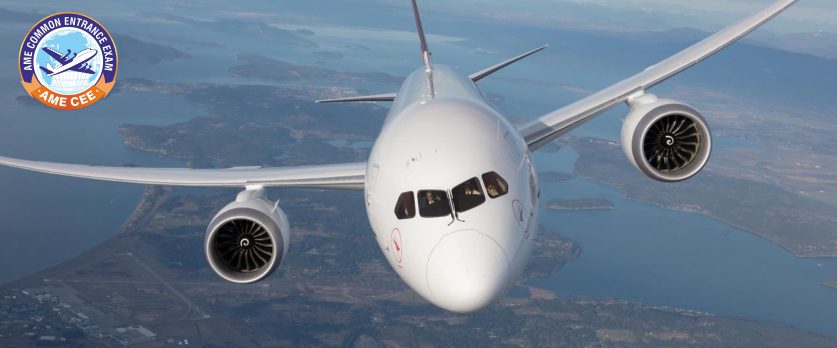What should one know about this news?
Given the enormous growth taking place in India’s civil aviation sector, leading engine manufacturer GE Aerospace has stated that there is sufficient possibility for repeat aircraft orders by Indian carriers. A top executive of GE Aerospace further stated that India, the third-largest aviation market in the world, has the potential for growth in both wide-body and narrow-body aircraft in light of Tata Group-owned Air India placing definite orders for 470 aircraft. Moreover, Vikram Rai, Country Head for South Asia & Indonesia at GE Aerospace, told PTI that this year’s supply chain conditions will be better than those in 2022. There are about 700 commercial aircraft operating in India, with narrow-body aircraft making up the majority of them. The civil aviation ministry is also figuring out how to create a centre for international travel, for which Indian airlines will need more wide-body aircraft to handle international traffic.
What more can you know about it?
The Indian market is probably going to grow faster than it did before COVID, and domestic air travel will more than treble. The government is also doing an excellent job of improving the infrastructure, and Mr. Rai predicted that there will be a tonne of traffic between Tier 1, 2, and 3 cities. For the 20 Boeing 787 and 10 Boeing 777X aircraft that Air India has ordered, GE Aerospace has a definite order for 40 GEnx-1B and 20 GE9X engines. A multi-year contract for True Choice engine services has also been signed. Moreover, Air India has placed orders with CFM, a joint venture between GE Aerospace and Safran Aircraft Engines, for more than 800 LEAP engines. The airline has placed an order for 210 Airbus A320/A321neo engines to power its entire fleet of narrow-body vehicles. The airline has placed an engine order to power all 210 Airbus A320/A321neo and 190 Boeing 737 MAX aircraft it has ordered for its narrow-body fleet. A multi-year CFM services agreement is also included.
How big a market is there for Indian airlines?
Regarding domestic travel, it may be argued that India’s civil aviation sector has grown to be the third largest in the world. India’s domestic aviation business is expected to rank third globally by 2024 and contribute $ 30 billion annually to the GDP (GDP).
What factors account for the Indian aviation industry’s expansion?
Several factors are driving the market’s expansion, including the increase in air traffic demand, the growing middle class and its disposable money, the demographic dividend, the nearly 1,200 planes that various Indian airlines have ordered, and the development of the aviation infrastructure.
Conclusion
By 2040, passenger traffic in India would grow at a pace of 6.2% yearly, the highest among the major countries and significantly higher than the global average of 3.9% due to the country’s growing population. India would require 34,000 more pilots and 45,000 more technicians by the year 2040.the aviation industry in this country is growing at a fast pace.
To become an aerospace engineer you may could join aerospace engineering through AME COMMON ENTRANCE EXAM (AME CEE) this examination you may join Aerospace Engineering approved by AICTE.


